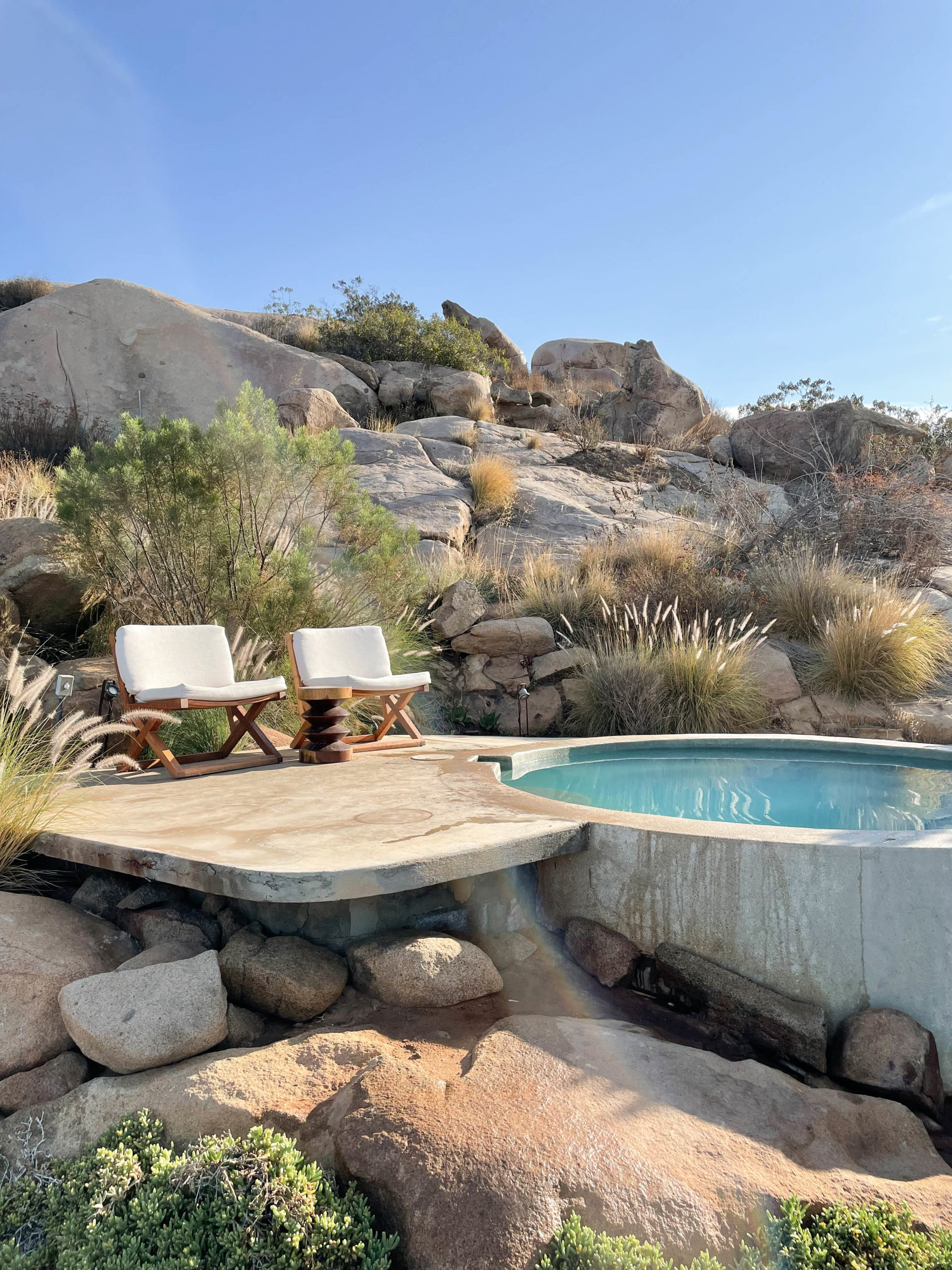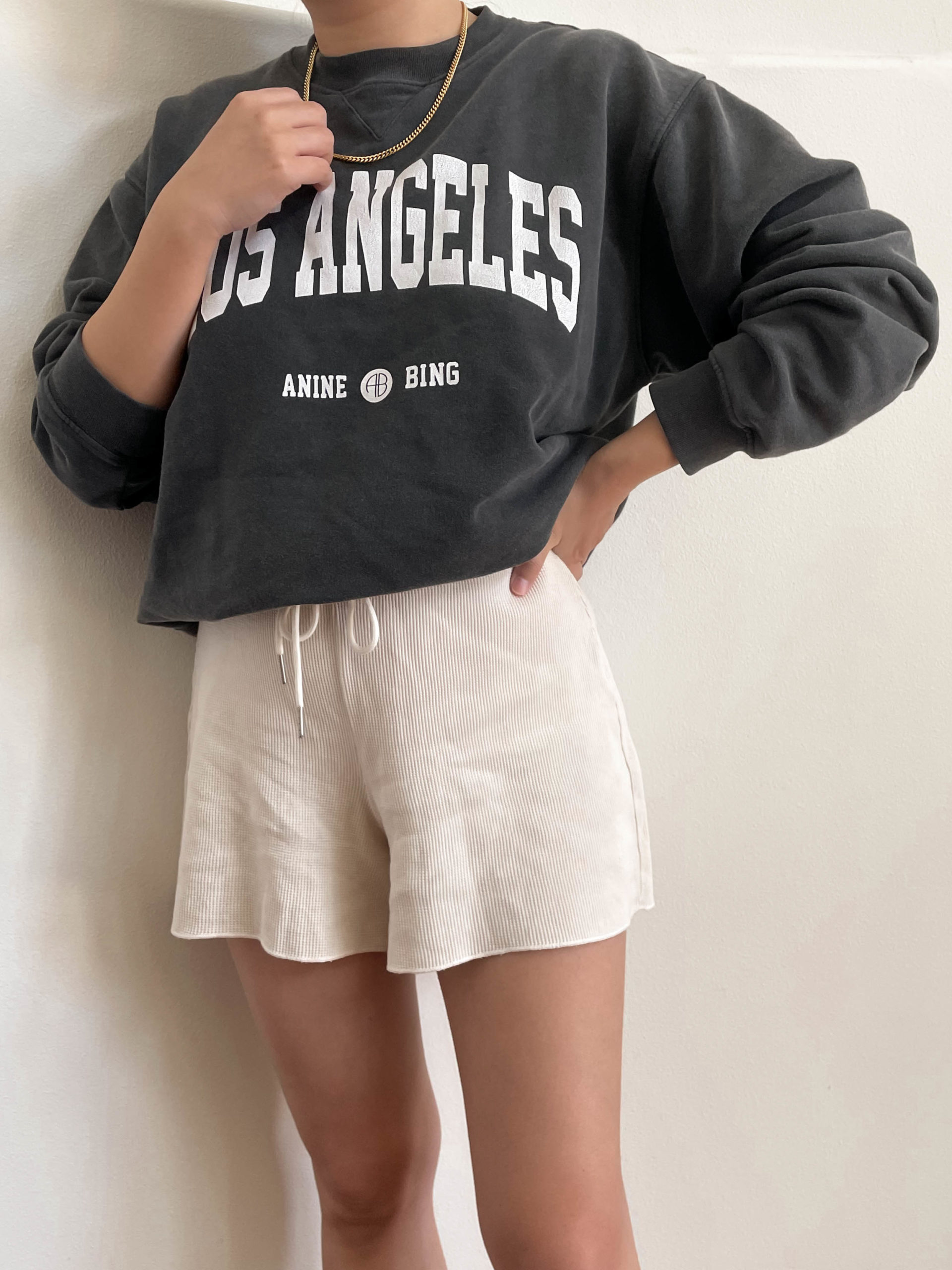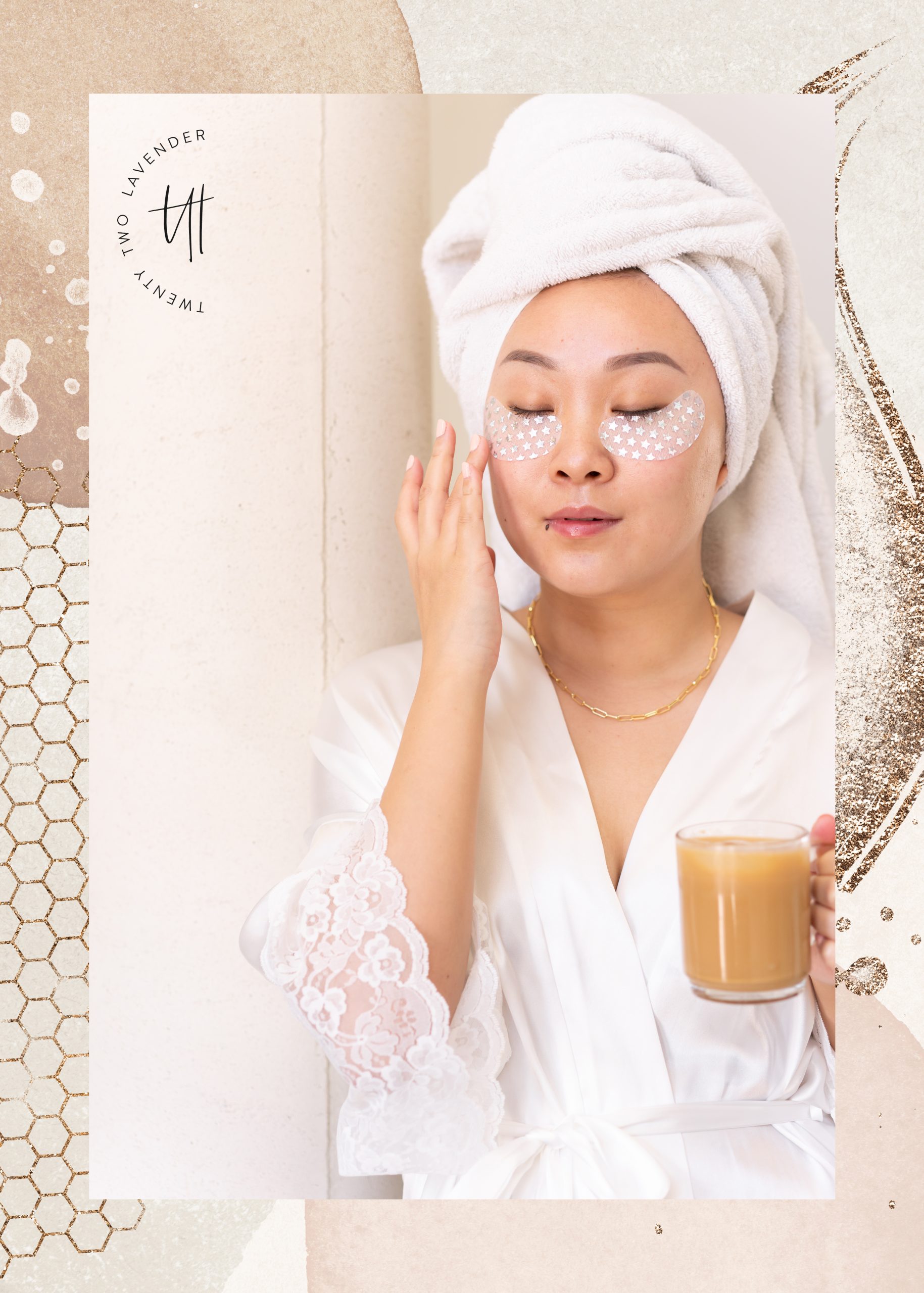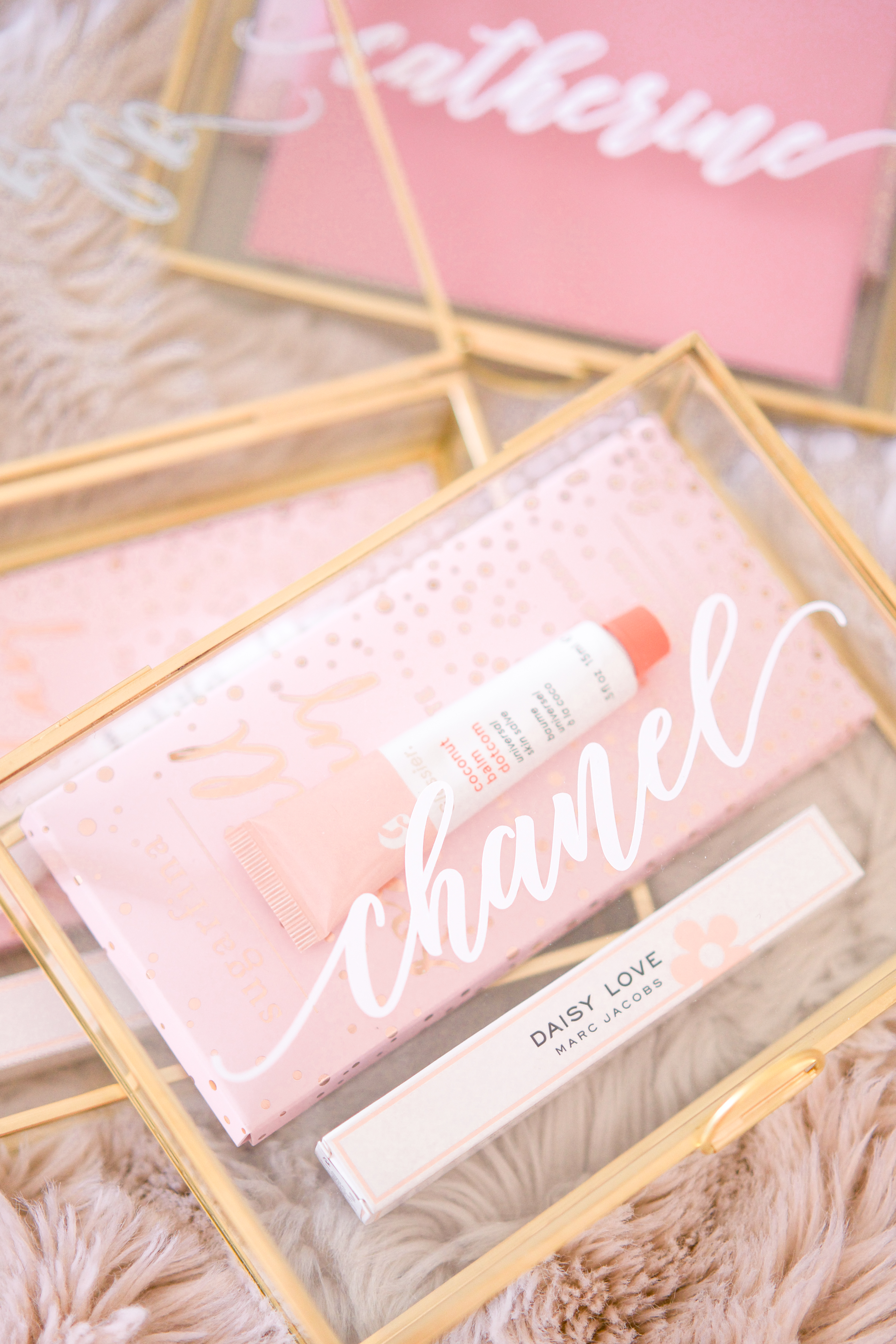I’m back today with the second part of The Scoop on SPF. If you haven’t already, read Part One to understand the basics of sun protection. Today, I’ll be talking about the two types of sunscreen: mineral sunscreen and chemical sunscreen. There is a small distinction between these two that make a big difference – that being their active ingredients.
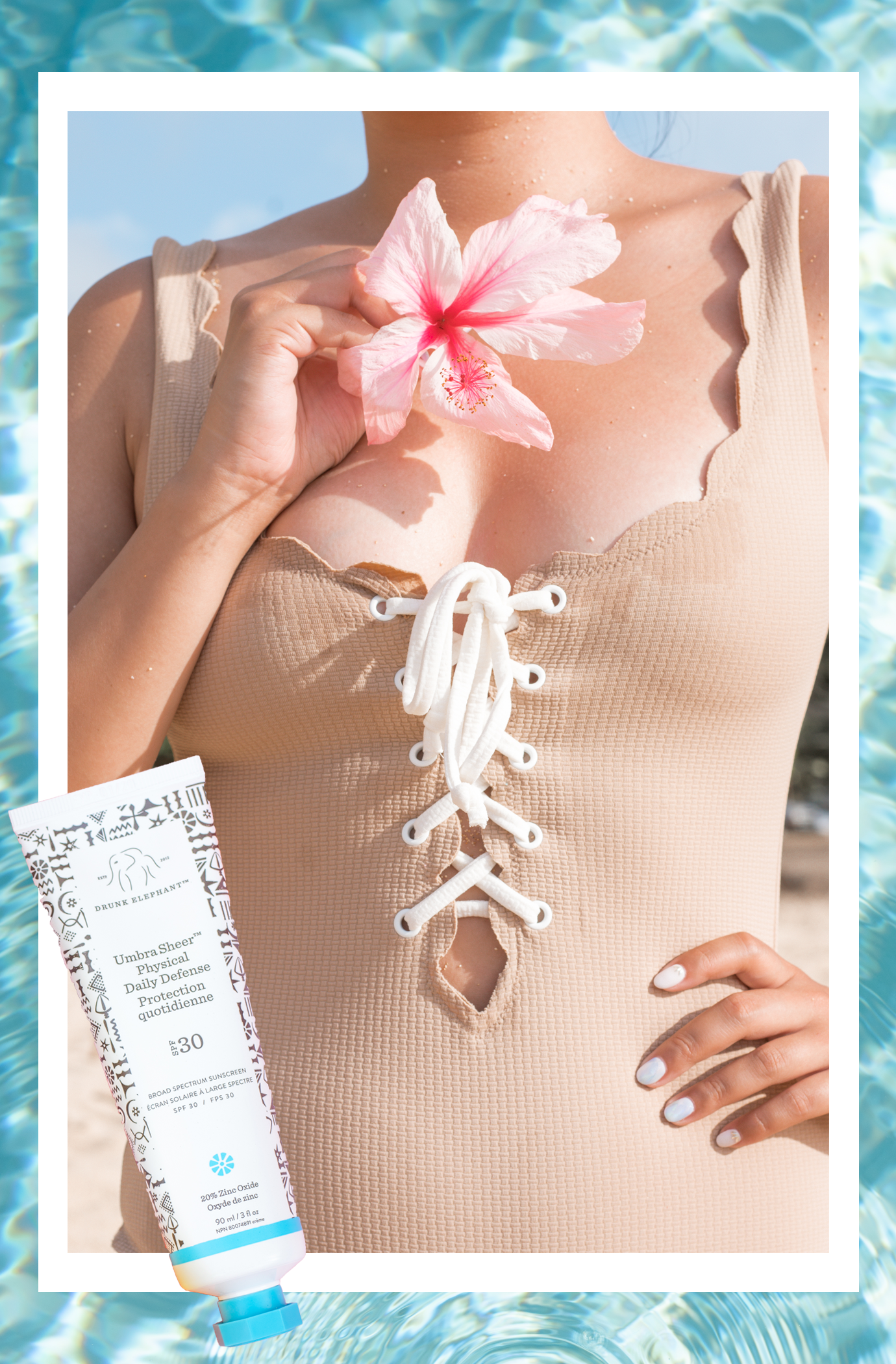
mineral vs. chemical sunscreen
chemical sunscreens
Chemical sunscreens are the traditional sunscreens we grew up using. They are made of chemical blockers, such as oxybenzone, avobenzone, and octinoxate to name a few. Once these chemical ingredients are absorbed into the skin, they absorb the UV rays and dissipate them. The problem with this is it allows the sun’s rays to penetrate into your skin. Also, if your chemical sunscreen is not labeled as broad spectrum, then it does not protect you against UVA rays. You can find more information about the different types of harmful sun rays you need protection from in Part One.
mineral sunscreens
Mineral sunscreens contain physical blockers, zinc oxide and titanium dioxide. These ingredients sit on top of your skin to deflect both UV rays, so the harmful rays never actually penetrate your skin. Zinc oxide and titanium dioxide protect against both UVB and UVA rays, but zinc oxide offers more effective UVA protection than titanium dioxide does.
There are pros and cons to each type of sunscreen. Although I’d like to say that mineral sunscreens are better, there are a few things you need to consider when choosing the right sunscreen for you.
mineral sunscreen pros and cons
pros:
+ offers protection against UV rays
+ ingredients do not need to absorb into your skin in order to be effective
+ less irritable to people with sensitive skin
+ less greasy than chemical sunscreens
+ not as likely to clog pores
cons:
+ may come out chalky and white
+ harder to rub in because of the consistency
+ usually not water and sweat resistant
+ some “mineral” sunscreens are also mixed with chemical ingredients
* Supergoop eye cream and mineral sunscreen contains a mixture of zinc oxide + octinoxate
chemical sunscreen pros and cons
pros:
+ offers protection against UV rays
+ spreads more easily on the skin, making it more wearable
+ goes on sheer
+ the formula makes it easier to mix in other beneficial ingredients, like peptides
cons:
+ the chemicals allow the sun’s rays to absorb into the skin, resulting in premature aging and discoloration
+ the chemicals can seep into your bloodstream
+ oxybenzone and oxtinoxate are now banned in Hawaii for possible damage to coral reefs
+ need to be applied 20 minutes before sun exposure for absorption by the skin in order to work effectively


